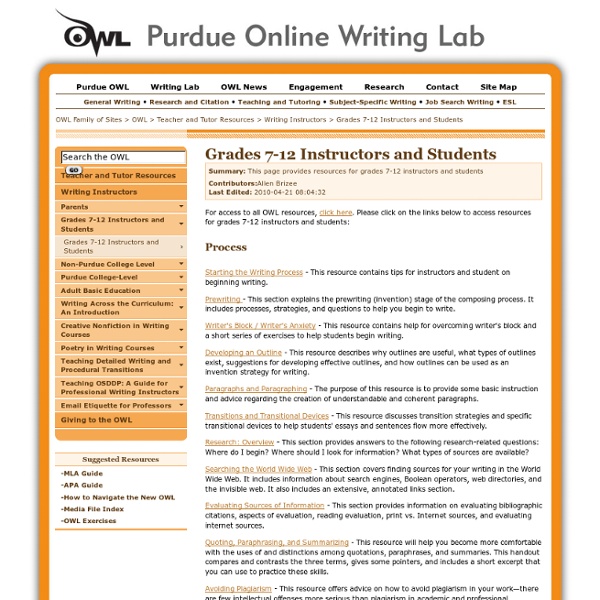



UDL Editions by CAST Experimental Game Turns Players into Poets and Writers What do British Romantic Era poets and video games have in common? The answer is Elegy for a Dead World, an unlikely game that leaves the players with “no game to play,” but to explore three long-dead civilizations, observe, and make notes... or stories — or poems — or songs. The three lost worlds feature beautiful scenery, moving music, and are inspired by Percy Shelley's Ozymandias, Lord Byron's Darkness, and John Keats' When I Have Fears That I May Cease to Be. They create a strong, moody atmosphere that becomes the breeding ground for feelings and ideas. The game began in 2013 as a collaboration between Dejobaan Games and Popcannibal. “The most important thing for us is that someone sits down and has a positive experience, doing something creative.” The game eases you into the writing process with challenges, prompts, and fill-in-the-blank sentences. “The most important thing for us is that someone sits down and has a positive experience, doing something creative. Photos: Elegy
Fallacies What this handout is about This handout discusses common logical fallacies that you may encounter in your own writing or the writing of others. The handout provides definitions, examples, and tips on avoiding these fallacies. Arguments Most academic writing tasks require you to make an argument—that is, to present reasons for a particular claim or interpretation you are putting forward. You may have been told that you need to make your arguments more logical or stronger. Each argument you make is composed of premises (this is a term for statements that express your reasons or evidence) that are arranged in the right way to support your conclusion (the main claim or interpretation you are offering). You also need to be sure that you present all of your ideas in an orderly fashion that readers can follow. This handout describes some ways in which arguments often fail to do the things listed above; these failings are called fallacies. What are fallacies? So what do fallacies look like?
Romeo and Juliet No Fear Shakespeare puts Shakespeare's language side-by-side with a facing-page translation into modern English—the kind of English people actually speak today. Table of Contents Characters Prologue Prologue Act 1 Act 1, Scene 1 Act 1, Scene 2 Act 1, Scene 3 Act 1, Scene 4 Act 1, Scene 5 Act 2 Act 2, Prologue Act 2, Scene 1 Act 2, Scene 2 Act 2, Scene 3 Act 2, Scene 4 Act 2, Scene 5 Act 2, Scene 6 Act 3 Act 3, Scene 1 Act 3, Scene 2 Act 3, Scene 3 Act 3, Scene 4 Act 3, Scene 5 Act 4 Act 4, Scene 1 Act 4, Scene 2 Act 4, Scene 3 Act 4, Scene 4 Act 4, Scene 5 Act 5 Act 5, Scene 1 Act 5, Scene 2 Act 5, Scene 3 How to Cite No Fear Romeo and Juliet